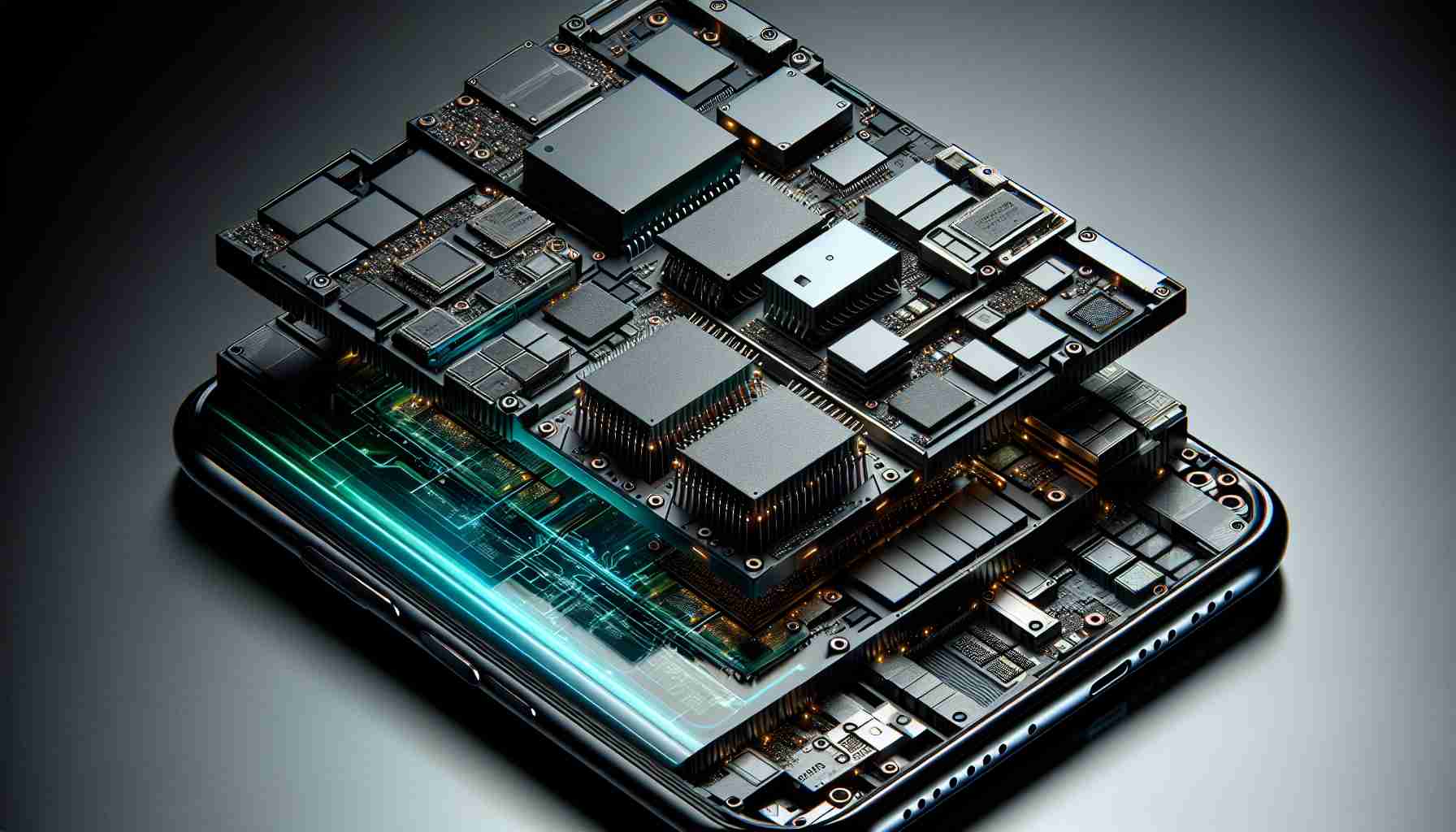In the quest for ever more powerful and efficient smartphones, micron technology is emerging as a groundbreaking advancement. As manufacturers strive for lighter, faster, and more energy-efficient devices, micron scale components—measured in micrometers or millionths of a meter—are at the forefront of this technological evolution.
What exactly is micron technology? In essence, it refers to the use of extremely small-scale components constructed at the micrometer level. This enables the production of highly efficient microprocessors, which form the core of modern smartphones, enhancing performance while minimizing energy consumption. The result? Faster processing speeds and longer battery life packed into even sleeker designs.
One of the most promising applications is in memory technology. Micron-level developments in DRAM and NAND flash memory are increasing storage capacities while reducing size and energy requirements. This means that future smartphones could potentially hold terabytes of data without sacrificing speed or battery life.
Moreover, displays and sensors are benefiting from micron advancements. Screens with higher resolutions and superior color accuracy can be achieved alongside improvements in biometric sensors for security, creating smartphones that are not only smarter but also perceptibly more intuitive and user-friendly.
The implications of micron technology reach beyond just hardware. As components shrink, the possibilities for new features grow, paving the way for more innovative applications and functionalities on future smartphone models. As we embrace a digital future, the role of micron technology will undoubtedly be pivotal in defining the next generation of mobile devices.
Micron Technology: Transforming Industries Beyond Smartphones
While micron technology is revolutionizing the smartphone industry, its potential impacts extend far beyond our mobile devices, opening up new avenues in various sectors that few might expect. These advancements hold the promise of reshaping the way entire industries operate, offering exciting opportunities and raising pressing questions.
Biomedical Breakthroughs and Healthcare Innovations
Micron technology is paving the path for groundbreaking developments in the biomedical field. Imagine sensors so minute they can be embedded into human tissue, helping diagnose illnesses at incredibly early stages. These tiny devices could revolutionize how we monitor and treat chronic conditions, offering real-time data to medical professionals and reducing the need for invasive procedures.
However, ethical questions arise: Who controls this data? What does privacy mean in a world where our bodies might routinely share information with machines?
Energy and Environmental Applications
In the energy sector, micron-level technologies are making strides in enhancing solar panels’ efficiency and energy storage systems. These improvements could dramatically reduce our reliance on fossil fuels and lower energy costs globally.
On the flip side, the environmental impact of producing these complex components raises concerns. The extraction of raw materials and manufacturing processes often have significant ecological footprints.
Industrial and Security Implications
Industrially, micron technology can develop more efficient manufacturing tools, leading to faster production times and less waste. In terms of security, advanced micro-sensors could be deployed for heightened surveillance and threat detection. While these innovations enhance safety, they also provoke debates around surveillance and civil liberties.
In this rapidly evolving landscape, micron technology’s influence is multifaceted, promising transformative advantages with equally significant challenges. For further insights into developing innovations, visit Micron Technology.























